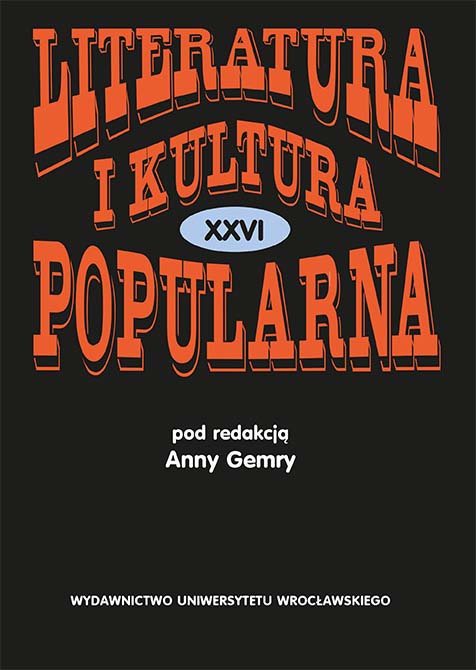

Articles

The study deals with the possible inspirations from the external environment being the part of works by Karol Horák which undergo a creative transformation and produce a new aesthetic quality on the level of text, as well as the on the level of new staging forms or genesis of a completely new autochthonic theatre form (authorʼs theatre, postmodern theatre, medial theatre, happenings, performances, site-specific, etc.) There was a continuous pulsation among Slovak national theatre culture, or rather metonymically understood Prešov´s regional student theatre, and American (Living Theatre of J. Becka and J. Malinova, Schumannʼs Bread and Puppet, etc.), Polish (Kantorʼs Cricot 2, Grotowskiʼs Theatre Laboratory, Raczakʼs Theatre of Eighth Day, Mądzikʼs Plastic scene, Słupczynskiʼs Theatre Studio of Těšín, the Theatre Academy of Movement, Cracowian KTO, etc.) and Czech provenance (Theatre Orpheus Prague, Theatre X Brno, Theatre under Drain Pipe Ostrava, Quite Small Theatre Litvinov, Theatre on the Periphery, Prague, Quidam Brno, etc.) They have the form of a rational as well as a spontaneous reaction to the external stimulus which often acquired a form with surprisingly authentic aesthetic value. This value usually represented the latent affinity with the original stimulus and it often created an authentic theatre artefact with respect to the recipient having the peculiar status within the national context (e.g. Džura [1968], Démon [1967], Fragmenty [1974], Živý nábytok [1975], Tip-top biotop [1976], Materstvo [2011], Človek etudový alebo Konšpirácia alebo Od skúšky k predstaveniu [2013] etc.) This was the way how one wing of Slovak theatre tried to balance falling short of the European or world context.